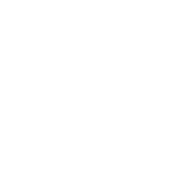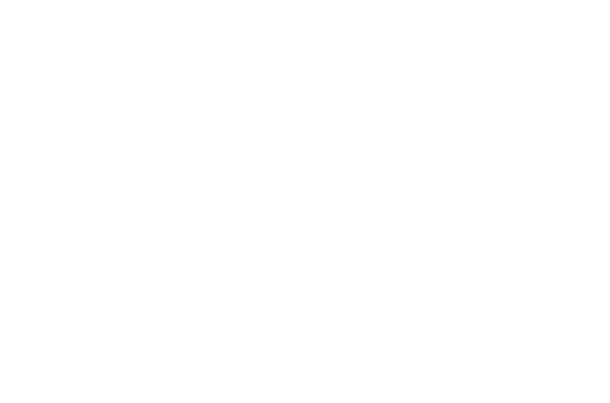 |
 |
 |

|
Flat, two-dimensional surface
Jan-Willem van Zijst: Frozen branches
ink-jet photo on glass
|
|
 |
THE DESIGN CONTINUUM
The method ‘the Design Continuum’ was developed some years ago by Stuart Krantz and Robert Fisher and makes clear the different categories of shapes. For teacher training institutes - and specially part-time evening training schools, where there is far less time to get confronted with the design terms and learn them, it was a convenient and more rapid way to teach students the language or jargon associated with the plastic arts, and thus a practical means of communication in designing.
|

|
Posted 23 November 2013
|
Share this:
|
|
In the world of glass works I hear the most impossible nonsense about the interpretation of shapes: “Something that is standing” or “Yeah, let’s say with those kinds of tentacles, or whatever.” It may be convenient to make a list of terms for you to discuss. We do not need to talk about images, sculptures and objects any more, but can describe a shape by the construction of the form itself.
We can classify the chaos of shapes in nature and our cultural society in conventional terms: the division into two and three dimensions is already a clear distinction. These terms are, of course, relative and dependant on someone’s perception. A landscape on a photograph was once three-dimensional, but became two-dimensional by being printed on a piece of paper. Also the viewpoint where perception takes place defines the scale of the form: in that way a stained glass window viewed from nearby gives a low relief and possibly a glass texture.
As for the examples here, you cannot interpret them in terms of a flat reproduction as a photo. You have to imagine the objects in reality.
|
|
|
|
|
|
|
foto

High relief
Jan-Willem van Zijst: Frozen dream, glass bowl, ø 90 cm
|
|
|
|
|
|
|
tekst 2
1. Flat, two-dimensional surface: The object does not enter into space, and space does not enter the flat surface. This applies to all unbroken, passive surfaces which are contiguous with the surrounding expanse of space. The possible suggestion of perspective on these two dimensional media - a sheet of paper, a photograph, a painting, a stained glass window or for example a table top - is an illusion, separated from its physical reality. The third dimension is only suggested, and is therefore a purely psychological perception.
2. Textured surface: Several points on the surface are carried over into space. The bulges are small in proportion to the surface, which is dominant, and we do not consider the structural unevenness as autonomous. In designing we speak about a textured surface when it deals with light and dark, the facture when the way of originating, working and processing is important or the ‘skin’ of an object.
3. Low relief: Bulges and deepenings become more dominant on over-all surfaces. Spaces delve deeper into the surface and the texture carries over more, causing light and shadow effects to become more important. Here the surface remains a unit in itself.
4. Middle relief: Space and light break more significantly and deeply through the surface plane. The surface is still a unit. We perceive all kinds of depths and irregularities which still clearly belong to the surface.
5. High relief: The surface is extremely irregular. The entire level is broken by protuberances above it and cavities below, more than just texture.
6. Environmental relief: The concept of the surface relief enlarges itself in scale, like a museum pavement or the landscape of sand hills in the Sahara.
7. Environmental sculpture: Here the protuberances from a surface become more autonomous. When its scale becomes larger than the original level they can even reach out of it like houses and skyscrapers.
8. Sculpture with base: The form rises off its level and the sculpture only stands on a base like an equestrian statue on a plinth, a little chapel on a rock or a drinking glass on a stand.
9. Monolithic mass: An enclosed, autonomous three-dimensional form that excludes itself from reaching out into space. It is absolute, completely surrounded by space but resistant to its influence. Even a blown-up balloon whose opaque skin suggests a massive form can belong to this category. It is the shape in its most pronounced form.
10. Concave-convex mass: The dominance of the pure shape is slightly tempered by the penetration of space into a form. The solid, monolithic form is modified by cavities and protrusions. But, as in a low relief, the main form remains.
11. Penetrated mass: The massive form slowly gives up its dominance and space penetrates deeper, bringing out pits and holes. Space has an important part in it, but the massive three-dimensionality will still be perceived.
12. Planar form: Though the form is characterized as completely three dimensional, it diversifies into a series of distinct levels within a space. These levels divide and define an area in the way architectural elements such as walls do. They are essential but subordinate to the inner space and entire form. The balance between shape and expanse bends over to space.
13. Planar-linear form: Mass is clearly more and more distended into the surrounding expanse. The assembly (cellular structure) of levels and lines penetrates progressively farther into the expanse.
14. Three-dimensional linear form: In this final phase of the three-dimensional form, space is dominant. The only definite shapes remaining are the lines which give structure to the surrounding expanse.
Angela van der Burght ©2004 This side up!
|
|
|
|
|
|
|